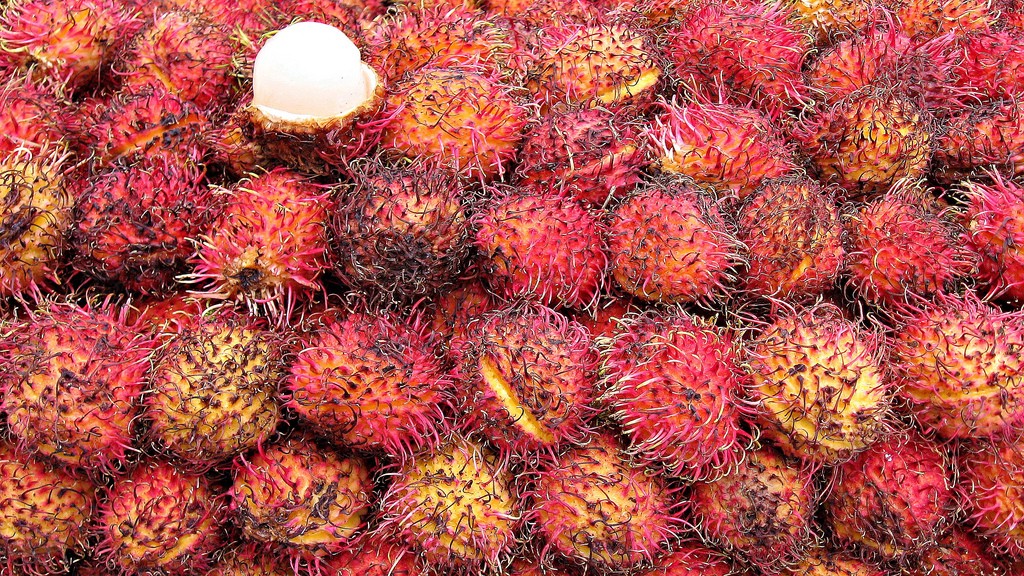Jess Arndt’s short story “Together”, with an introduction by Justin Torres for Electric Lit.
An Introduction by Justin Torres
Jess Arndt is a great prose stylist — but what does that mean? Well for one thing, it means Arndt writes with such poetry and such precision, that the force of the communication damn near knocks you over. The sentences turn, open, and crash down on you unexpectedly, rhythmically, like waves. Great style has something to do with surfaces, but that’s not all I mean when I say Arndt is a great stylist. I mean, too, that the pace and pull of this story — and really, every story in Large Animals — works something like an undertow. At the beach as child, I remember being warned about undertow and thinking, how could it be, amidst all the foam and roar and sparkle of the ocean’s surface, that an even stronger churning went on below? But that’s exactly the experience of reading Arndt: first mesmerized by the beautiful noise of the language, then knocked down, and dragged out to another, underwater world.“Together” is a story precisely about the churning going on beneath the surface — about the awful lot going on inside each of us. Arndt reminds us that physically, psychically, we are processes; we are happening all the time. The life of both mind and body is defined by an awesome and constant churning. And outside, in our backyards, our neighborhoods, our neighbors, our lovers and bosses — the churning continues. Places and people seduce, destroy, remake us in their undertow. What we would like to understand as form — the backyard, the body — is phenomena. What we would like to understand as impermeable is always susceptible to parasitic invasion. Instability is the shared condition of life. This is a thing we know, but the knowledge quickly stales, or we are distracted from the knowledge, or narcotized, or placated with straighter, more genteel notions I can think of no better description for the transformative power of Arndt’s stories — willful.
Reading Arndt, I was reminded of Genet, and reminded specifically of Sontag’s description of Genet, in “On Style.” “He is recording, devouring, transfiguring his experience. In Genet’s books, as it happens, this very process itself is his explicit subject; his books are not only works of art but works about art.” Sontag goes on to connect style, above all, to will: “The complex kind of willing that is embodied, and communicated, in a work of art both abolishes the world and encounters it in an extraordinary intense and specialized way.” I can think of no better description for the transformative power of Arndt’s stories — willful. I suppose it’s a particular kind of lineage, a particular kind of will I’m getting at, when talking about Sontag talking about Genet, and also talking about Arndt — I suppose it’s something like the will of the lover, the will of the parasite, the will of the undertow; I suppose I am talking about the will to queer the world.
Justin Torres Author of We the Animals
Together by Jess Arndt
We had it together but we also had it when we were apart. We got it in that comedor in Oaxaca, we both agreed. Or maybe it was that little town, just a few palapas actually and a beach with a deceptive number of black dogs, called San Angelino. But it’s also quite possible that we had gotten it on the subway. Don’t forget about a head of lettuce! our naturopath said. They caravan those heads in from anywhere imaginable. And water these days — it’s no good washing with it.We made a list of what was now okay and what wasn’t. Sugar, yeast, all the essentials — out. Enter: lines and lines of herbaceous esophagus-jamming pills we swallowed noon dinner and night.
(…)


